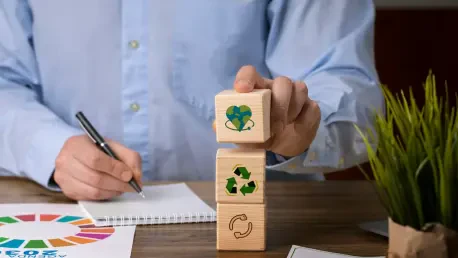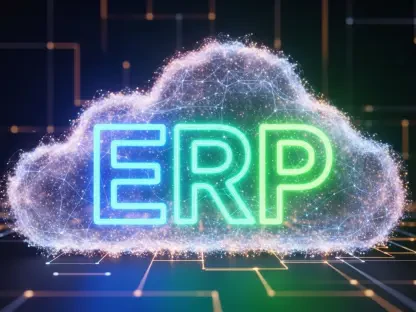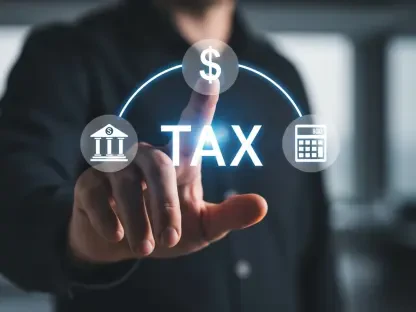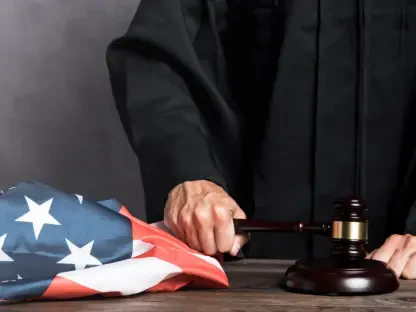Virginia is on the brink of a significant environmental policy transformation. As the upcoming Styrofoam ban looms, businesses and consumers alike are grappling with its implications. Set to take effect soon, this legislation has become a critical turning point in the state’s efforts to combat plastic pollution. Yet, a compelling question lingers: Are the environmental gains substantial enough to validate such a sweeping transition?
The Tides of Change in Virginia’s Environmental Policy
Virginia stands at a pivotal crossroads with its imminent Styrofoam ban, a bold move reflecting a growing trend toward reducing plastic waste. After four years of debate and preparation, the state aims to eliminate the use of Styrofoam—targeting commonly used items like plates and cups. This legislative action, mirrored by the precedent set by Maine, signifies a broader environmental movement with global implications.
The decomposition timeline of Styrofoam stretches into centuries, making its removal a crucial step in environmental conservation. This material poses not only long-term environmental challenges but potential health risks, including concerns over carcinogenic properties. The policy aligns itself with an international push toward sustainability, emphasizing the importance of taking action against the mounting problem of plastic waste for the health of both ecosystems and human populations.
Balancing Economy and Ecology
The impending ban has prompted mixed reactions from the business community, where economic concerns and sustainability converge. Established brands, such as Chick-fil-A and Lulu’s Hot Dogs Inc., have already begun adapting by replacing Styrofoam with paper alternatives, though it has not been without challenges. While this transition garners environmental praise, some businesses face logistical and financial hurdles in sourcing and managing these new materials.
On the consumer front, feedback reveals a spectrum of adaptation. Paper cups, for instance, have drawn mixed reviews, as consumers adjust to changes in insulation and durability. This has led to creative consumer strategies, such as the adoption of personal tumblers to enhance convenience and support sustainability.
Perspectives from All Angles
The spectrum of perspectives on Virginia’s Styrofoam ban is as varied as it is vibrant. Environmental experts largely support the legislation, citing the long-term benefits to ecosystems and public health. In contrast, some business owners express skepticism due to increased costs and operational changes. Consumers, too, are divided, with some embracing the move toward sustainability, while others remain wary of the changes in everyday convenience.
Quotes and anecdotes capture this diversity of opinion, presenting voices from environmental advocates to business executives navigating new operational realities. Such narratives underscore the complexity and multidimensional nature of transitioning to more sustainable practices.
Practical Steps for a Greener Future
Both businesses and consumers are exploring practical avenues to ease the transition. For businesses, adopting biodegradable or recyclable packaging can reduce financial burdens while meeting environmental goals. Strategic partnerships with sustainable suppliers and investments in innovative packaging technologies are viable options.
On the consumer side, small yet effective actions hold promise. Bringing reusable containers or investing in eco-friendly products can make a sizable impact over time. Education and awareness play crucial roles in fostering a community that supports and sustains ecological change.
Looking Forward: Embracing Change for a Greener Tomorrow
As Virginia takes this significant step, the environmental and social landscapes offer a blend of challenges and opportunities. History will likely view this legislative shift as a crucial point in advancing sustainable practices. The journey toward reducing Styrofoam’s ecological footprint has begun, urging all stakeholders to evaluate the ways they can contribute to meaningful progress.
Ultimately, the success of such legislation hinges on collective commitment—businesses innovating, consumers adapting, and governments supporting sustainable solutions. The narrative surrounding Virginia’s Styrofoam ban is more than a single policy moment; it represents a broader call to action for future generations.









